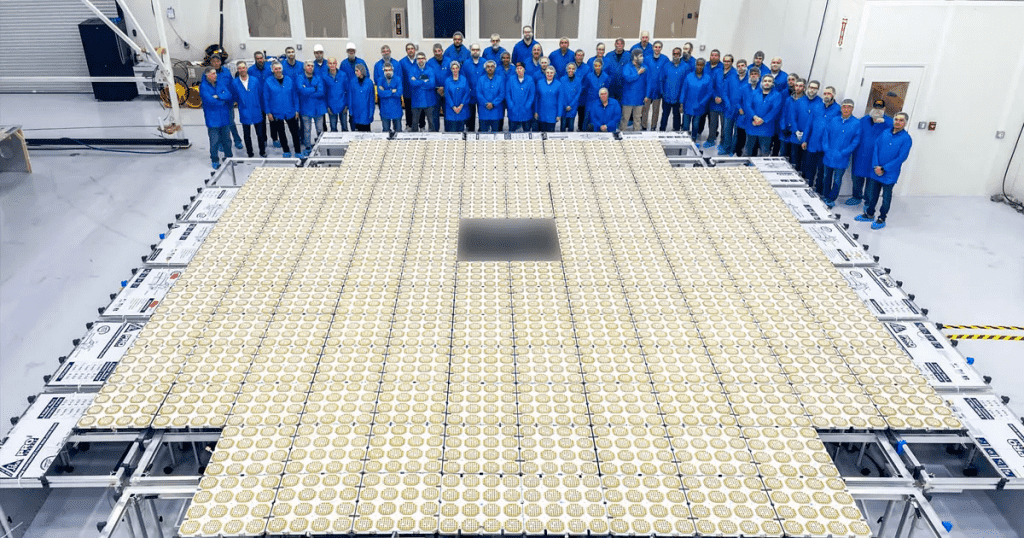Private space organizations have now indulged in a rat race that is seeing them fill our orbit with countless satellites. Without a proper check and balance, our orbit will get jam-packed with satellites. For example, the internet-beaming constellation that Elon Musk wants to launch into orbit is set to have tens of thousands of separate 573-pound satellites. And they’re only bound to get even bigger.

The crisis that is brewing because of these unchecked and numerous launches is already hindering scientists’ observations. In addition, long lines of satellites of all types are jamming communication and also posing obstacles for observatories.
To add to the already worrying space situation, the latest satellite launched by SpaceX is a highly worrying prospect for scientists. It is humungous, and some say that the only thing brighter than the SpaceX satellite would be the moon. The satellite in question here is a communication satellite, and if this is going to be the size of communication satellites, it will be drastically difficult for scientists in the near future.

The satellite, namely the BlueWalker 3, is the largest commercial antenna ever launched. Moreover, it is set to deploy a 26-foot antenna — a huge and reflective object in the night sky that has experts deeply alarmed.
“We are concerned,” John Barentine, an astronomer at Dark Sky Consulting in Tucson, Arizona, reported to New Scientist. “It could be the brightest object in the night sky, potentially brighter than the planet Venus.”
“We’re concerned about the amount of energy in that beam,” Barentine added.

And this is not where the problem ends; this is where it starts. AST SpaceMobile is planning to launch more than 100 even larger sats called BlueBirds into orbit starting next year. The bluebirds will be twice the size of the BlueWalker 3.
As if SpaceX and Elon Musk were not enough, Tech giants Amazon and even Apple are also getting into the satellite race, adding to a lengthy list of companies trying to establish themselves in Earth’s orbit.
“The brighter these objects get, the more damage they will do to images of the night sky,” Barentine told the outlet.
“Most astronomers accept there will be more satellites in the future,” he added. “What they want is a peaceful coexistence. We can’t make satellites invisible.”


